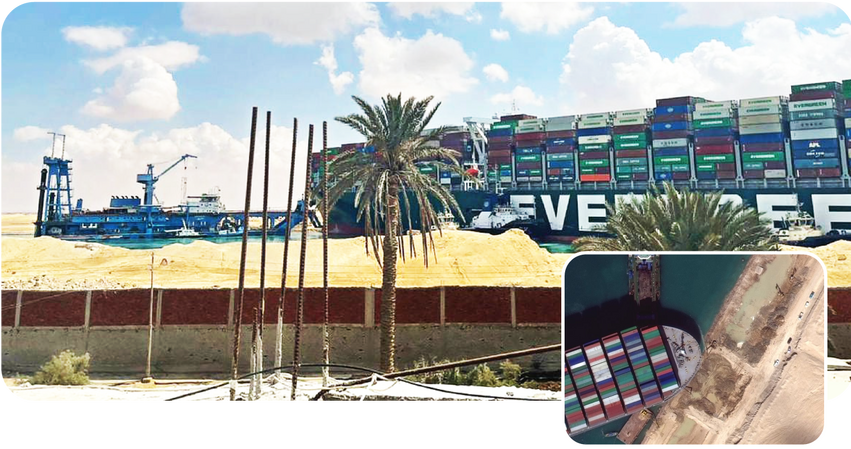On 23rd March 2021, the most unexpected happened. One of the world’s largest container ships was locked for almost a week after being blown into its banks of the Suez Canal.
We have heard before of ships getting into all sorts of troubles at sea such as malfunction of engines, stormy weathers, pirate attacks, running out of fuel, etc. Indeed, getting stuck on Suez Canal is probably the least
expected ever.
It casts limelight back to
1. How can a short one-week delay affect the entire global supply chain and costs massive economic disruptions to ship owners?
2. The use of alternative Arctic routes after the Suez Canal debacle.
While we certainly do not expect another ship to get stuck in the Suez canal again, there are many other possibilities (as mentioned earlier) that can still happen on the sea route that will have similar economic damages like the recent incident. It is important to calibrate and maintain what we can control, especially to ensure the ships’ engines do not malfunction on their journey.
A reminder to ship owners and fuel suppliers to take note that as we migrate to VLSFOs due to low sulphur emission requirement, cold flow properties are an important consideration when it comes to ensuring the safe and efficient use of fuels on board. VLSFOs can be highly paraffinic, with poor cold flow properties. This greatly impacts thermal heating and fuel storage temperatures may increase the risk of fuel instability.
Check-in with us to better support accurate testing of cold flow properties with solutions from PAC.
Our Solutions: Click Here
Check out our PetroDigest Edition 6


